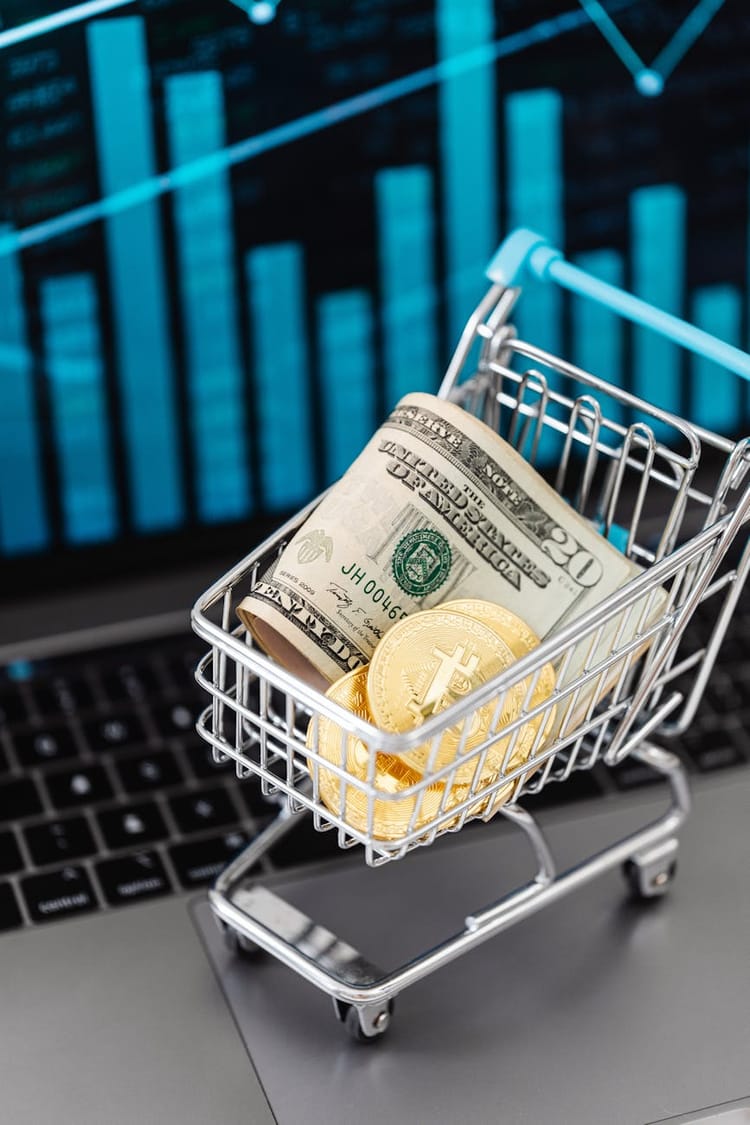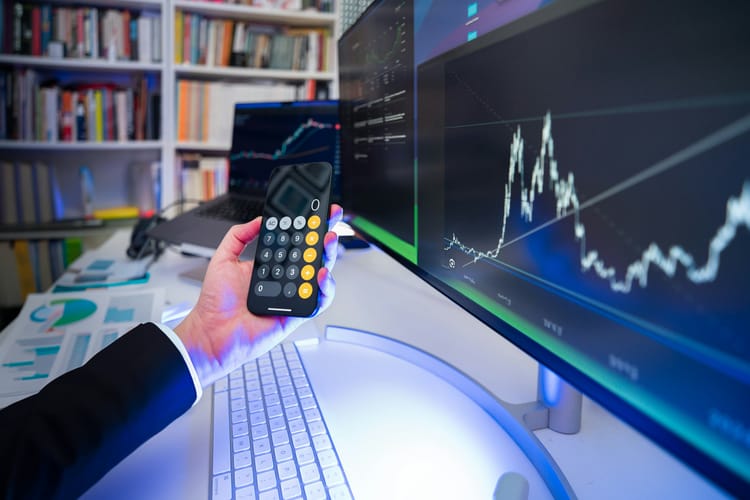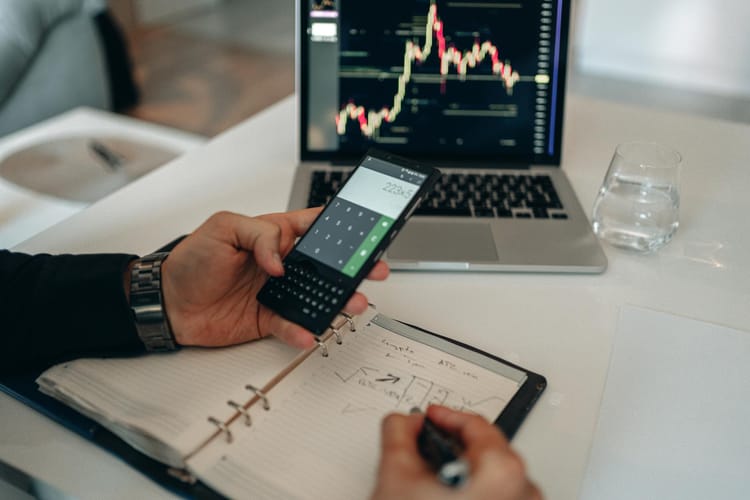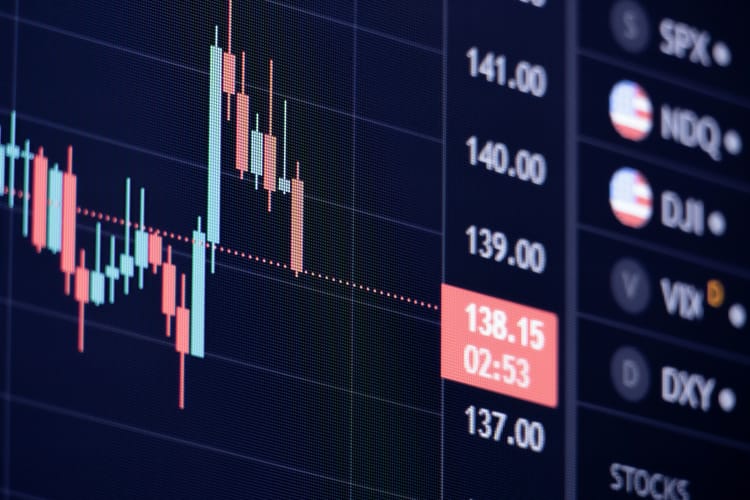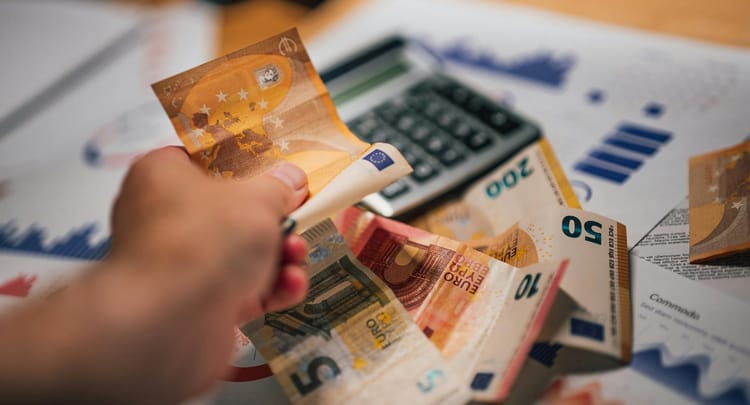Difference between Manual VS Automated Backtesting: Which one is Right for you.
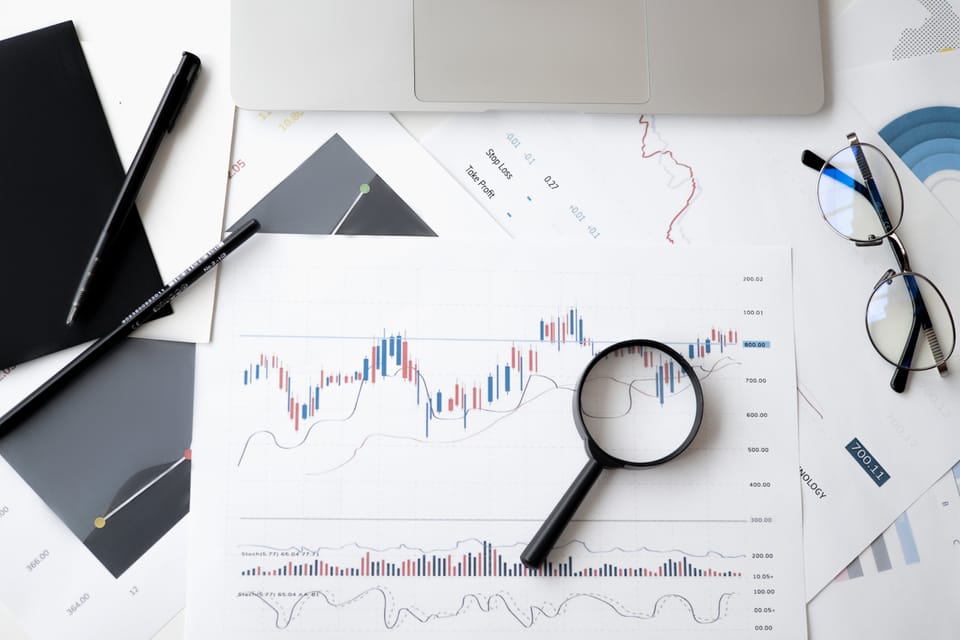
Let's tell you a story;
“Sarah, a seasoned trader, is looking at her computer screen. Days of poring over spreadsheets have led her to a hunch: a potential price surge fueled by an upcoming harvest. Sarah, a traditionalist at heart, thoroughly traces past price movements, identifying entry and exit points based on her technical analysis skills. The workings reveal a 15% profit margin may materialize from her simulated trades.
Feeling overjoyed about her success, Sarah started thinking about making things easier for herself. "What if I could use a Software to do all this for me?" she wondered. She thought it would help her avoid mistakes and be quicker in making decisions. If she could do things faster, she could also do more of them and maybe make even more money. – the possibilities seem endless.
But Some more thoughts follow
Using a computer program to trade could cost money, the data might not be perfect, and she wouldn't have as much control over things. It was a tough choice for her. On one side, doing things by hand was slow and sometimes not perfect, but it made her feel like she was in control. On the other side, using a computer could make things faster and more precise, but she would have to trust the computer to make some decisions for her”
What did you notice in this story?
It's a story not just about numbers and profits, but about the balance between trust, control, speed, and efficiency,
This is the same story that happens with all the traders thinking of weighing in the benefits of different approaches to Backtesting.
So, In the blog post below,
We will try to identify these differences between the two approaches.
But first, Let's understand the basic concepts;
What is manual Backtesting?
Manual backtesting is a process in financial trading where a trader reviews historical market data manually to assess the viability and effectiveness of a trading strategy. The trader simulates the execution of trades using historical price charts, making decisions based on the strategy's rules without the aid of automated tools.
This method helps traders evaluate how a strategy would have performed in the past, allowing them to refine and optimize their trading approach. Manual backtesting is characterized by its Simple approach and hands-on nature, requiring human judgment and analysis.
What is automated Backtesting?
On the other hand, automated backtesting involves using computer programs or trading software to simulate the execution of a trading strategy on historical market data. Traders input their strategy rules into the automated system, which then applies those rules to historical price movements. The software calculates performance metrics, such as profits, losses, and risk measures, providing quantitative insights into the strategy's historical performance.
Example:
Suppose you are testing a “Bollinger Band breakout strategy on the EUR/USD currency pair (daily timeframe)”
As a Manual trader,
You will review historical EUR/USD charts, identifying instances where the price breaks above the upper Bollinger Band (buy signal) or below the lower Bollinger Band (sell signal).
Next, mark these points on the chart, noting the entry and exit prices based on the breakout & then Calculate Results. You also maintain a spreadsheet to track overall metrics like winning/losing ratio, average win/loss size, and drawdown.
While,
In Automated Backtesting ,
You Set the Bollinger Band period and standard deviation multiplier in the software's strategy builder.
Define buy and sell conditions based on Bollinger Band breakouts for the EUR/USD daily timeframe.
You also define the desired historical timeframe for the backtest (e.g., past year).
Once you press the "Run Backtest", the software will automatically analyze the EUR/USD price data according to your Bollinger Band breakout strategy. It will then execute simulated trades based on the identified buy and sell signals.
The System can then track all trades and calculate profit/loss, considering transaction costs & generate a comprehensive report with performance metrics (winning/losing ratio, average win/loss, drawdown, etc.), charts visualizing trades, and other insights.
This is the difference between Manual and Automated Backtesting.
Now, Let's dive deeper into each individual
Difference between Manual and Automated Backtesting:
But before we discuss these differences, the question that may come up in your mind is
Why Do I even need to identify these differences?
See,
understanding these differences helps you to :
Develop data-driven, effective trading strategies tailored to your individual preferences and risk tolerance e.g you may consider manual backtesting if you prefer more control over your trading or you may opt for automatic trading if you prefer Speed and Efficiency,
Identifying these trading styles will let you optimize your strategies for optimal performance under diverse market conditions, helping you make informed trading decisions based on objective analysis and avoid pitfalls caused by biases.
So,
Here are the Factors that differentiate manual backtesting from automated backtesting
1. Execution:
The First Difference is how both strategies are executed.
In Manual Backtesting, if you want to test, for example, a trend-following strategy on multiple stocks like Apple (AAPL), Amazon (AMZN), and Meta (META), This would involve manually analyzing each chart, identifying trend signals, and placing individual orders for each stock. This can become a complicated, prone to errors process especially if you're managing multiple positions simultaneously.
On the other hand,
In Automated backtesting, you define your trend strategy in the software and set it to run backtest on a list of chosen assets like AAPL, AMZN, and META. The software will then automatically analyze each chart pattern, identify trend signals based on your defined rules, and trigger simulated buy orders simultaneously based on your predefined entry price for each stock. This simplifies the process, eliminates time-consuming manual execution, and ensures consistent application of your rules across all selected assets.
2. Scalability:
Another difference is if you can scale your trading strategies to test multiple assets, Patterns & time frames, etc.
For example, Let's say, using
manual backtesting,
You want to identify different combinations of parameters like moving average periods, RSI thresholds, and exit rules across various timeframes and stocks for your trend-following strategy would be a very difficult task. You'd need to manually track numerous backtests, compare results, and draw conclusions, all while considering time constraints and potential human errors.
Whereas,
In automated backtesting, the software allows you to define different parameter sets and run multiple backtests in parallel on various timeframes and stocks. This enables you to efficiently compare performance across different scenarios, identify optimal parameter combinations for specific market conditions, and gain deeper insights into your strategy's robustness and potential weaknesses.
3. Objectivity & Human Bias:
Another Crucial difference,
When manually backtesting, you might subconsciously cherry-pick data that confirms your trading bias, neglecting signals that contradict your expectations. This can lead to overestimating your strategy's potential and overlooking its real limitations.
On the other hand,
In Automated Backtesting, the software applies your predefined rules without any emotional or cognitive biases like fear, Greed, or FOMO and without making you indulge in emotional practices like revenge trading. It objectively analyzes every data point based on your specific criteria, regardless of whether it confirms or contradicts your initial assumptions. This provides a more accurate and unbiased picture of your strategy's performance in different market environments.
4. Speed and Efficiency
A quite obvious difference,
In manual backtesting, Analyzing years of historical data, manually identifying signals, and calculating results for multiple backtests across various assets can take weeks or even months, significantly limiting your testing capacity. This reduces your learning potential and delays your progress in optimizing your trading strategy.
But if you are doing,
Automated backtest, the software can analyze vast amounts of historical data, detect signals based on your predefined rules, and generate detailed reports for multiple backtests in just minutes or hours. This dramatically increases your testing efficiency, allowing you to experiment with numerous strategies and parameters, gain actionable insights quickly, and refine your trading approach with greater speed.
5. Cost
Now, this is an interesting difference,
While doing
Manual backtesting, you might need to pay for advanced charting software or premium data feeds if you want access to comprehensive data analysis tools and historical price information. However, basic backtesting can be done with free resources.
In Automated Backtesting, Your trading management software with advanced backtesting features might require a subscription or license fee depending on its functionality and pricing model. Consider this cost alongside your expected trading frequency and potential return on investment before deciding. If you decide to go for the Automated Backtesting, Look for a flexible pricing plan that caters to your different requirements.
6. Flexibility:
This is also a thought-provoking factor to consider,
Manual backtesting allows you to adapt your strategy based on real-time observations and adjust entry/exit parameters if needed.
For example, Let's say, you are manually doing backtesting and while analyzing the EUR/USD currency pair with a moving average crossover strategy, You notice that the price tends to break above the 50-day moving average convincingly during bullish momentum, but often falters around the 20-day moving average on pullbacks.
So what do you do?
you decide to adapt your entry criteria. Instead of entering solely on a crossover above the 50-day MA, you wait for a candle close above the 20-day MA after the crossover for additional confirmation.
This real-time observation and strategic adjustment wouldn't be possible with automated backtesting unless you pre-coded the additional confirmation rule.
In Automated Backtesting,
Once your strategy is coded in the software, it becomes rigid unless you edit the program. This limits your ability to make real-time adjustments during the backtest.
However you can cater to this problem,
you can run multiple backtests with different versions of your strategy to explore various possibilities and identify which scenarios would benefit from more flexible decision-making.
So for the example above, to explore possibilities for greater flexibility, you run multiple backtests with different modifications:
One with an entry on crossover above the 20-day MA instead of the 50-day MA and another with additional confirmation like the candle close rule you identified during manual analysis.
Additional Differences:
Over and above these differences, there are certain other differences as well.
- Visualization: Some software offers advanced visualization tools beyond simple charts and graphs. These might include heatmaps, correlation matrices, and other analytical representations that help you visually identify patterns, relationships, and potential weaknesses in your strategy.
- Reporting: Detailed reports generated by the software may go beyond basic performance metrics and provide comprehensive statistical analysis, risk simulations, and insights into factors like optimal trade size and position management strategies.
- Backtesting depth: Depending on the software's capabilities, you might be able to test complex strategies with advanced
So
Which Backtesting Method is suitable for you?
See,
Choosing the right strategy for your trading depends on a variety of factors, including your individual preferences, risk tolerance, experience level, and financial goals.
However,
based on the comparisons we've discussed, some commonly Adopted strategies can be;
- If you're a beginner: You can start with manual backtesting to gain a foundational understanding of technical analysis and market dynamics. Then, as you progress, consider adding automated backtesting for efficient strategy optimization and evaluation.
- If you value efficiency and objectivity: Automated backtesting is ideal for experienced traders seeking to explore diverse strategies, optimize parameters, and analyze results with detailed reports and visualizations.
- If you prioritize flexibility and real-time adaptation: Manual backtesting can be more suitable, allowing you to adjust your strategy based on real-time observations and market developments.
Ultimately, the best approach is often a combination of both. Use manual backtesting for initial exploration and development, then leverage the speed and objectivity of automated backtesting for comprehensive evaluation and optimization.
Remember, backtesting is not a guarantee of future success. Always test your strategies in real markets with proper risk management practices and consider other factors like fundamental analysis and economic indicators before making trading decisions and
Trade Smarter!!
Frequently Asked Questions (FAQs)
1. How do you manually backtest a trading strategy?
Manual backtesting involves stepping back in time and applying your trading rules to historical data (charts, price quotes). Here's the process:
- Choose your strategy: Define your entry and exit rules clearly.
- Pick a timeframe: Select a historical period relevant to your strategy.
- Analyze charts: Chart by chart, apply your rules to identify potential entry and exit points.
- Track results: Record each trade, noting whether it would have been profitable or not.
- Evaluate performance: Analyze your overall gains/losses, win rate, and other metrics to assess the strategy's effectiveness.
2. Do professional traders backtest?
Absolutely! Backtesting is a valuable tool for professional traders to:
- Refine their strategies: Test different variations and identify winning rules.
- Gain confidence: Validate their approach before risking real money.
- Manage risk: Understand potential weaknesses and develop risk management strategies.
3. How long should you backtest a trading system?
The golden rule: the longer the better. Aim for at least two years of data to account for market cycles and diverse conditions. Consider:
- Strategy type: Short-term strategies might need less data, while long-term ones require more.
- Volatility: If your market is volatile, you need more data to capture different scenarios.
4. What's the difference between paper trading and backtesting?
Both involve testing your strategy, but with key differences:
- Backtesting: You analyze historical data, focusing on the "what if" scenario.
- Paper trading: You apply your strategy to real-time data in a simulated environment, mimicking real trading with virtual funds.
5. What are the risks of backtesting?
Remember, past performance doesn't guarantee future results. Backtesting risks include:
- Overfitting: Optimizing your strategy too closely to the historical data, making it less effective in real markets.
- Data limitations: Historical data might not reflect future market changes or unexpected events.
- Psychological factors: Backtesting simulations lack the emotional pressures of real trading.

